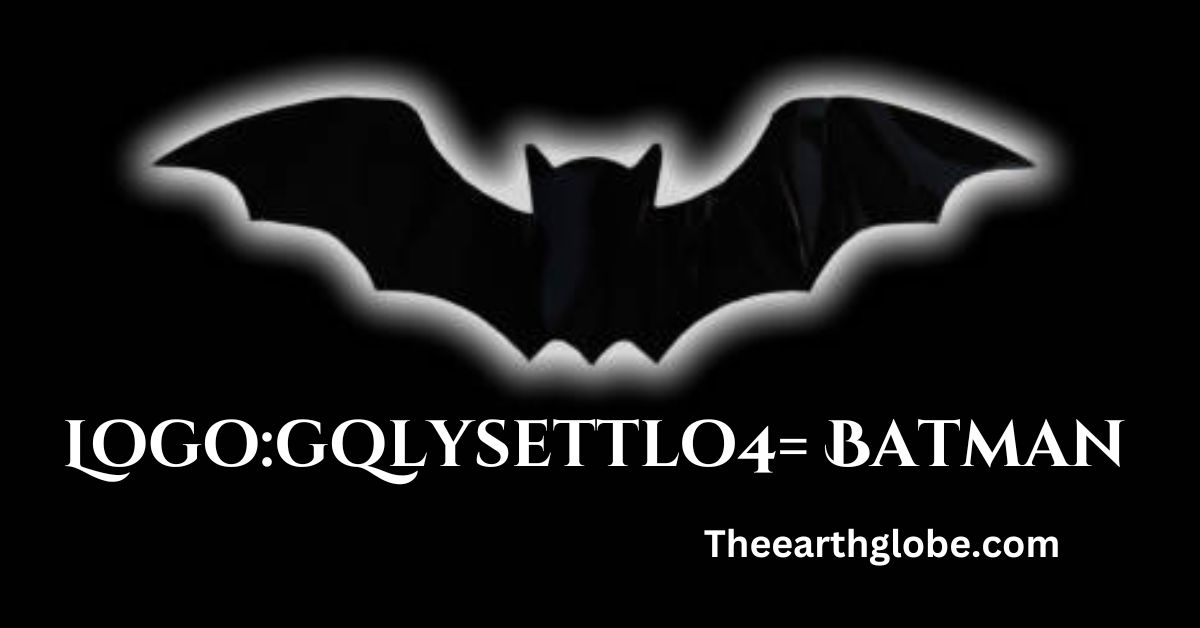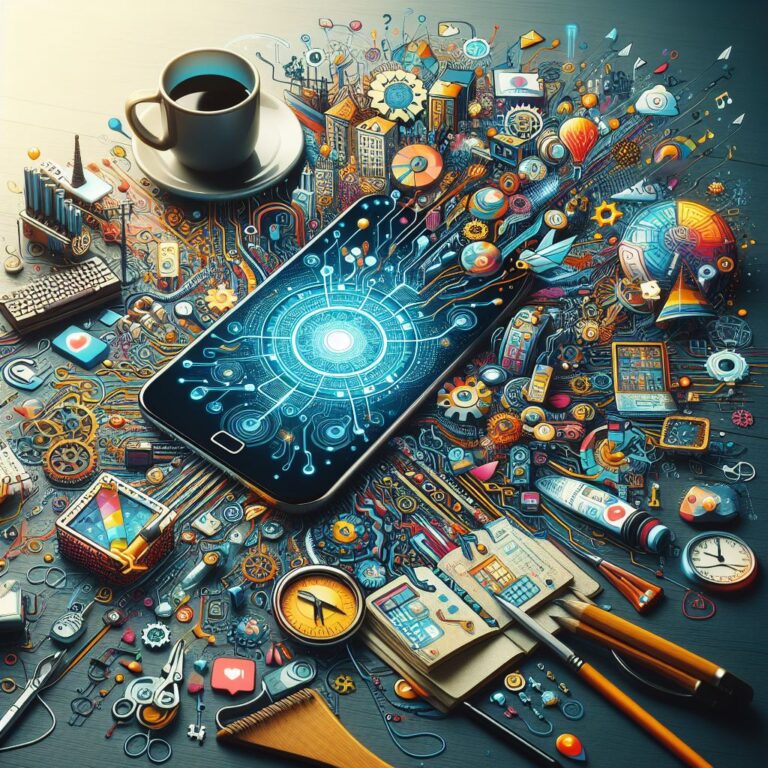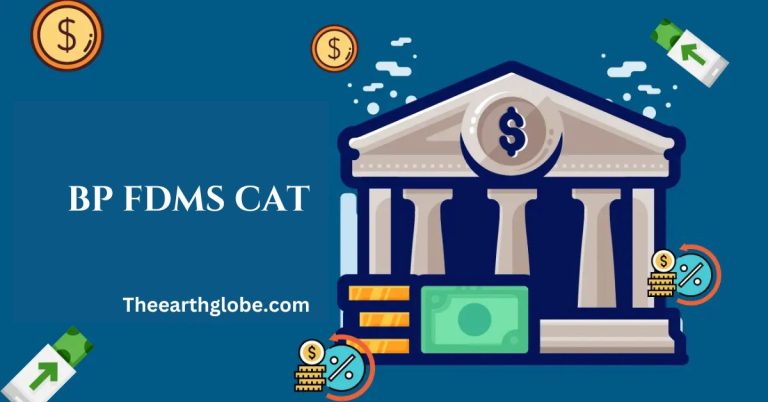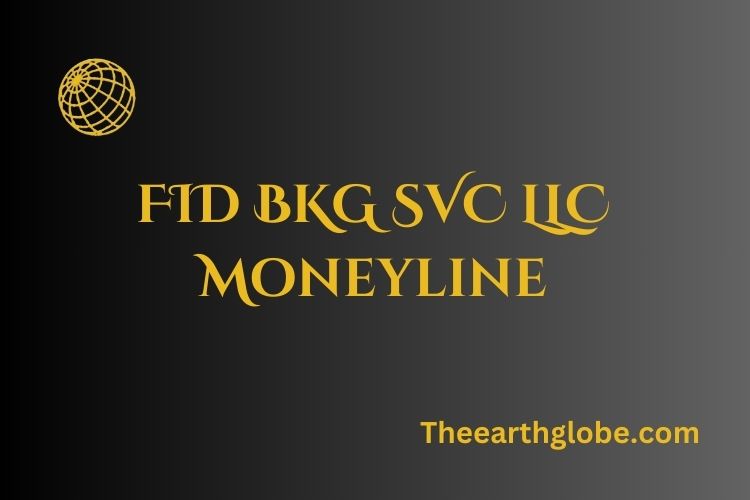Logo:gqlysettlo4= Batman: Iconic Designs Over the Decades
The Batman logo transcends its role as an emblem, evolving over decades to symbolize the enduring legacy of an iconic superhero. Since 1939, it has transformed from a simple design to sleek, modern versions, each reflecting the era and the vision of its creators. This article explores the history, evolution, and cultural significance of the Logo:gqlysettlo4= Batman, showcasing its role as a symbol of justice, fear, and resilience.

Who is Batman?
Before we delve into the history of the Batman logo, it’s important to know who Batman is. Batman, whose real name is Bruce Wayne, is a legendary superhero in comic book history. He was created by artist Bob Kane and writer Bill Finger. Unlike many other superheroes, Batman doesn’t have any superpowers. Instead, he fights crime in Gotham City using his intelligence, martial arts skills, and immense wealth.
The Origins of Batman
The story of Batman begins with a tragic event in Bruce Wayne’s life. When he was just a child, he witnessed the brutal murder of his parents right in front of him. This horrifying experience shaped his entire life, driving him to make a vow: to rid Gotham City of crime so that no one else would suffer as he did.
The Creation of the Batman Persona
To fulfill this vow, Bruce Wayne created the persona of Batman. He chose the image of a bat because it’s a creature that many people fear. Batman uses this symbol to strike fear into the hearts of criminals. His mission is to bring justice to Gotham City, and he dedicates his life to protecting the people of his city.

The Origins of the Logo:gqlysettlo4= Batman
The Batman logo first appeared in Detective Comics #27 in 1939, created by artist Bob Kane and writer Bill Finger. This initial design was simple—a black bat with outstretched wings, symbolizing the dark and mysterious nature of the character. The logo was designed to be a reflection of Batman’s nocturnal activities and his role as a vigilante in Gotham City. The minimalist design of the original Logo:gqlysettlo4= Batman set the stage for its future evolution.
Post You Might Like: Pencil:f9kdhkibbmm= Drawings
The Evolution of the Logo:gqlysettlo4= Batman in the Golden Age
During the 1940s, the Batman logo underwent its first major transformation. The bat symbol became more stylized, with sharper angles and a more defined silhouette. This change was in line with the darker tone of the Batman comics of the time, where the character was portrayed as a brooding detective. The Logo:gqlysettlo4= Batman during this era played a crucial role in establishing Batman’s identity as a formidable force against crime.
The Introduction of the Yellow Oval in the Silver Age
The 1960s marked a significant shift in the Batman logo’s design with the introduction of the yellow oval around the bat symbol. This version of the Logo:gqlysettlo4= Batman made its debut in Detective Comics #327 in 1964. The yellow oval was not just a design choice but also a marketing strategy. It made the logo more visually striking and easier to recognize, particularly on comic book covers. This version of the logo quickly became iconic, especially with the success of the 1960s Batman television series starring Adam West.
The Dark Knight Returns: A New Era for the Logo:gqlysettlo4= Batman
Frank Miller’s Influence
Frank Miller’s The Dark Knight Returns in the 1980s introduces a darker, more mature tone to Batman, influencing the logo to adopt a larger, more imposing bat symbol, often without the yellow oval.
Tim Burton’s Gothic Touch
Tim Burton’s 1989 Batman film reintroduces the yellow oval, giving it a gothic and stylized look that solidifies this version of the logo in popular culture.
Cementing a New Icon
Burton’s film successfully establishes this iteration of the Batman logo, making it iconic for a new generation of fans.

The Logo:gqlysettlo4= Batman in the Modern Era
The Logo=Batman in the 2000s
The 2000s introduced a new era for the Batman logo. Christopher Nolan’s The Dark Knight trilogy began in 2005 with Batman Begins, featuring a minimalist black bat symbol. This design reflected the trilogy’s realistic and gritty tone, emphasizing Batman’s stealth and mystery. Nolan’s vision focused on a grounded and human Batman, and the Logo:gqlysettlo4= Batman perfectly aligned with this portrayal.
The Logo=Batman in the DC Extended Universe (DCEU)
In the DCEU, the Batman logo evolved further for Ben Affleck’s portrayal. The bat symbol grew larger and more robust, symbolizing an older, battle-worn Batman. This design represented Batman’s resilience and determination, key qualities that have defined the character throughout his history.
You May Also Like: Clipart:uhdds-7p80g= Softball
Cultural Impact of the Logo:gqlysettlo4= Batman
Cultural Icon
The Logo:gqlysettlo4= Batman stands as a cultural icon, appearing on everything from comic books to clothing, toys, and tattoos. Its simplicity and boldness allow it to inspire artists, designers, and fans across the globe.
Symbol of Justice and Vigilance
In Gotham, the Batman logo represents justice and vigilance. For criminals, it instills fear, symbolizing Batman’s dark, relentless pursuit of justice. For Gotham’s citizens, it offers hope, serving as a reminder that Batman watches over them, ready to protect the city from harm.

The Symbolism of the Logo:gqlysettlo4= Batman
The enduring appeal of the Logo:gqlysettlo4= Batman lies in its symbolism. The bat, a creature of the night, represents fear, mystery, and the unknown—qualities that Batman uses to his advantage in his fight against crime. The logo encapsulates Batman’s dual identity as both Bruce Wayne, the billionaire philanthropist, and Batman, the vigilante hero. This duality is a key aspect of the character and is reflected in the various iterations of the logo over the years.
People Also Read: Wallpaper:znvmimg_hwe= Stitch
The Future of the Logo:gqlysettlo4= Batman
As Batman continues to reach new audiences and adapt to new media, his logo evolves to reflect these changes. Future designs may integrate new technologies, embrace changing artistic trends, or align with shifts in the character’s portrayal.
Potential future designs include:
- Interactive or Animated Logos: Digital platforms can feature logos that respond dynamically to user interactions.
- Customizable Logos in Video Games: Players might alter the logo to align with their in-game decisions or achievements.
- Holographic or Augmented Reality Logos: These could create immersive experiences, letting fans engage with Batman in new ways.
- Eco-Friendly Logos: As environmental concerns grow, logos might use sustainable materials or methods.
Batman’s logo, in whatever form it takes, will continue to serve as a powerful and instantly recognizable symbol for future generations.
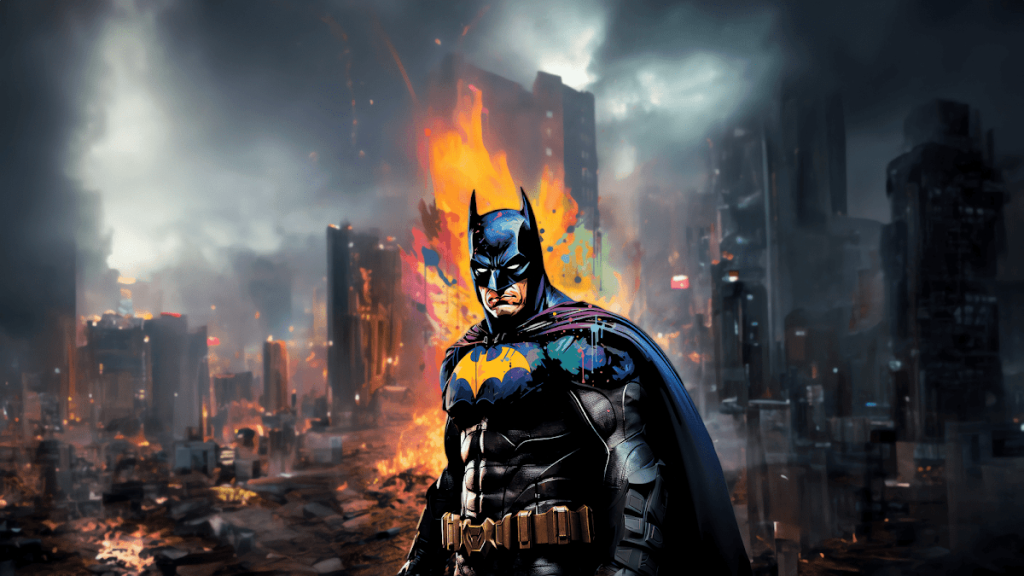
Conclusion
The Logo:gqlysettlo4= Batman has evolved significantly since its debut in 1939, mirroring the growth and changes of the character it represents. This iconic symbol has adapted to the times and the creative visions of artists and writers, becoming more than just an emblem. It now stands as a testament to the enduring legacy of the Dark Knight. As Batman’s story continues to develop, so too will his logo, ensuring it remains a powerful symbol of justice, fear, and hope for future generations.
Frequently Asked Questions (FAQs)
What is the origin of the Logo:gqlysettlo4= Batman?
The Batman logo first appeared in 1939 with a simple black bat silhouette, symbolizing the dark and mysterious nature of the character.
How has the Batman logo evolved over time?
The logo has undergone numerous changes, from the original bat silhouette to the iconic yellow oval in the 1960s, and later, more stylized and modern designs reflecting different eras of Batman.
Why was the yellow oval added to the Batman logo?
The yellow oval was introduced in 1964 to make the logo more recognizable and marketable, particularly on comic book covers.
What does the Batman logo symbolize?
The logo symbolizes Batman’s dual nature as a fearsome vigilante and a beacon of hope for Gotham City, reflecting his mission to fight crime.
Which Batman film first featured the modern Logo:gqlysettlo4= Batman?
Tim Burton’s 1989 Batman film reintroduced the yellow oval with a gothic twist, establishing a modern version of the logo.
How did Frank Miller’s The Dark Knight Returns impact the Batman logo?
Miller’s graphic novel removed the yellow oval, emphasizing a larger, more imposing bat symbol that reflected a darker, more mature tone.
How has the Batman logo been used in popular culture?
The Batman logo has become a cultural icon, appearing on merchandise, clothing, and in various media, symbolizing justice and fear.
What role does the Logo:gqlysettlo4= Batman play in video games?
In video games, the Batman logo often appears as a customizable element, allowing players to adapt it to their in-game choices and experiences.
How has the Batman logo adapted to modern media?
The logo has evolved with technology, appearing in digital, animated, and augmented reality forms, keeping it relevant across different platforms.
What might future Batman logos look like?
Future logos could incorporate new technologies like interactivity, holography, or eco-friendly designs, reflecting ongoing trends and innovations.

